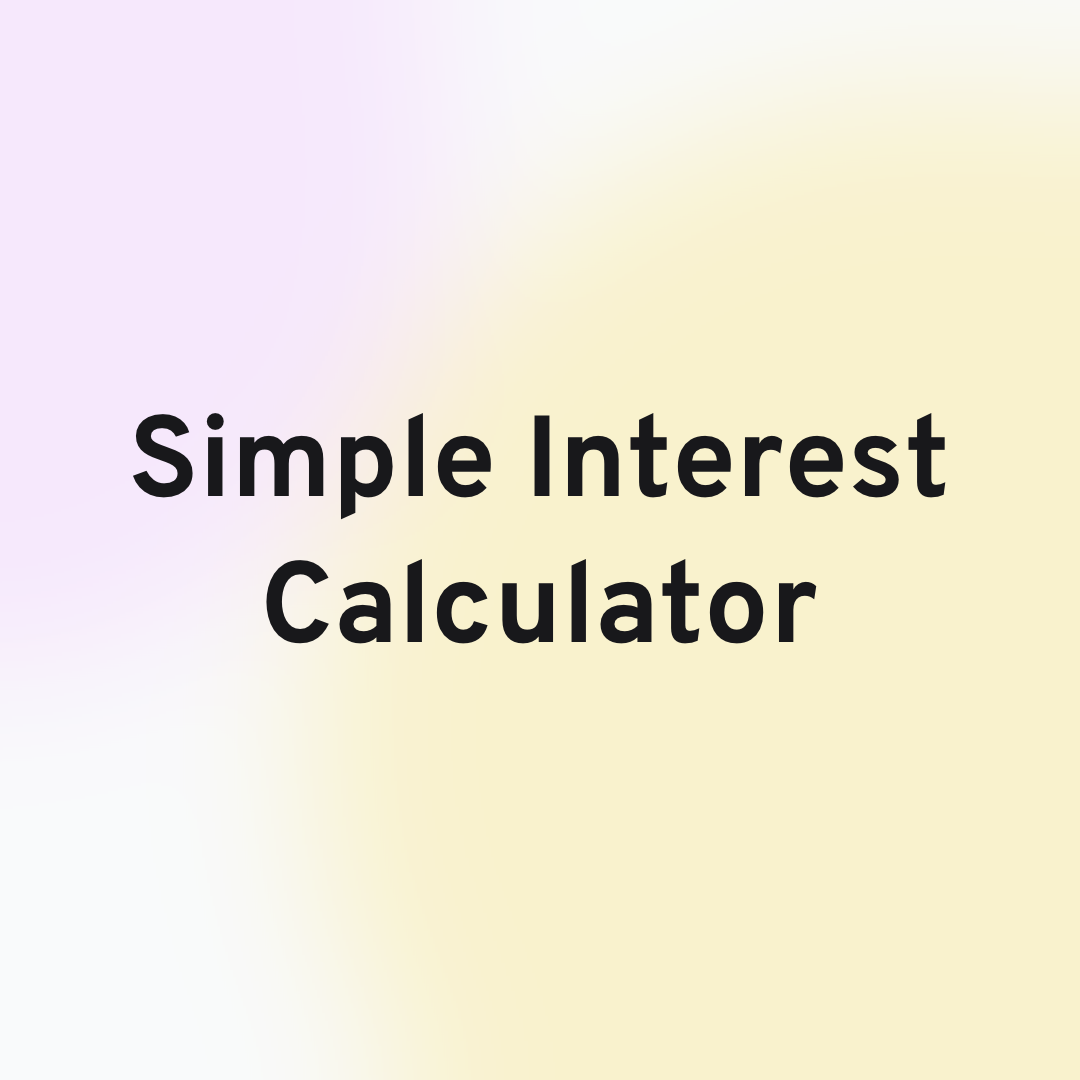
Finance
Loans
Simple Interest Calculator
Accurately estimate simple interest with our simple interest calculator. It helps you understand your loans and investments better.
Accrued interest is the amount that accumulates on a bond or other debt security over a specific period (i.e., between coupon dates). It is the interest that has been earned but has not yet been paid to the bondholder or creditor. You can calculate the Accrued Interest using our Accrued Interest Calculator.
Accrued Interest is used to calculate the Dirty Price of the Bond, where
Clean Price is the price of the bond at the time of the most recent coupon payment. You can also calculate the price of the bond using our bond price calculator.
Using the Accrued Interest Calculator, we can calculate the accrued interest by specifying the following parameters
Issue date: The date when the security was issued.
First Interest date: Date of first interest of the security.
Settlement date: Security settlement date is when the seller trades the security to the buyer. The settlement date will always be after the issue date.
Coupon rate: Security’s annual coupon rate.
Par value: The security’s par value.
Frequency: Number of coupon payments paid in a year – usually annually, semi-annually, or quarterly.
Basis: Day count basis used for calculation.
Options are:
| Basis |
|---|
| US (NASD) 30/360 |
| Actual / Actual |
| Actual / 360 |
| Actual / 365 |
| European 30 / 360 |
Calculation Method → This option is used to specify whether the total accrued interest is calculated from the first interest date to the settlement date or from the issue date to the settlement date.
All the variables must have a value for the accrued interest calculator to calculate the answer.
The accrued interest calculator allows you to set the day count basis. Day count conventions are standard practices for calculating the number of days between two dates.
Day Count conventions are used for calculating the Accrued Interest, where we need to find the days between the previous coupon date and the value date.
We use the following day count conventions to calculate the number of days between two dates.
Most bonds, like treasury coupon securities, use the Actual / Actual day count convention, where the actual number of days in a month and the actual number of days in the coupon period are used for the calculations.
But there are different day count conventions where the accrued interest might vary.
Actual / 360 is a Day Count Convention where the accrued interest is given by multiplying the coupon rate with the actual number of days and dividing by 360.
Actual / 365 is a Day Count Convention where the accrued interest is given by multiplying the coupon rate with the actual number of days and dividing by 365.
The accrued interest calculated with the Actual / 360 day count convention will be slightly more than the interest calculated by the Actual / Actual or the Actual / 365 method.
In the US (NASD) 30/360 day count convention regardless of the number of days in a month, we consider that there are 30 days, and irrespective of the number of days in a year we consider that there are 360 days in a year.
To Calculate the Day Count:
Start Date: M1/D1/Y1
End Date: M2/D2/Y2
If , we set
If and , then we set
In the European 30/360 day count convention regardless of the number of days in a month, we consider that there are 30 days and irrespective of the number of days in a year we consider that there are 360 days in a year.
To Calculate the Day Count:
Start Date: M1/D1/Y1
End Date: M2/D2/Y2
If , then we set
The 30 / 360 Day Count conventions are the easiest conventions to use and they were primarily used before the advent of calculators or computers for easy calculation of the number of days between the coupon date and the value date.
Day Count Conventions used in US Bond Markets
| Bond Market | Day Count Basis |
|---|---|
| US Treasury Notes | Actual / Actual |
| Money Market Instruments | Actual / 360 |
| Corporate, Agency, and Municipal Bonds | 30 / 360 |
Bond Markets outside of the US use the Actual/Actual convention except the following
| Bond Market | Day Count Basis |
|---|---|
| Eurobonds | 30 / 360 |
| Denmark, Sweden, Switzerland | 30E / 360 |
| Norway | Actual / 365 |
Now, if you want to know more about Bonds and Bond Pricing read on.
A bond is a debt instrument; the bond buyer lends money to the issuer and expects the borrowed amount to be repaid with interest, and most bonds pay regular interest until they mature.
The interest paid is the compensation the borrower provides to the lender for lending them the money.
Governments, corporations, or agencies issue bonds, which can be publicly placed (anyone can buy them) or privately placed (sold only to a select few investors). Bonds can be secured using collateral or maybe unsecured.
Generally, It is the date on which the borrower will repay the principal, and the bond will cease. The bondholder can expect to receive coupon interest in the period in between. The bond buyer can sell the bond to another buyer before maturity, but the bond price may vary.
The yield of a bond depends heavily on the bond’s maturity.
The price of the bond will vary depending upon maturity. For example, if the interest rates changes, the effect of the change will be more drastic on the price of a bond with a shorter maturity than that of a bond with a long maturity.
The face value also referred to as the par value of a bond, is the amount repaid to the investor at maturity.
The interest rate the borrower must pay the bondholders during the bond term.
We get the coupon payments that we pay to the bondholders by multiplying the coupon rate and the par value or face value.
The issuer makes the coupon payments periodically, which will be monthly, quarterly, semiannually, or annually. These terms will be specified during the issue of the bond. Typically, In the United States, the coupon payment is made semiannually. In European bond markets, coupon payment is often annual.
the yield of a bond is the annualized return of a bond, expressed as the percentage of invested capital.
A bond’s yield depends upon its price, coupon rate, and amount paid at maturity.
You could calculate the bond yield using the bond yield calculator.
The nominal yield is another name for the coupon rate of the bond. The stated interest rate is calculated as a percentage of the par value.
A bond with a $1000 par value that pays 5% interest semiannually will pay out $25 payments every six months totaling $50 at the end of the year, so the nominal yield will be $50 / $1000 = 5%.
The price of the bond and the interest rates are inversely related if interest rates rise the bond prices will decline and if the interest rates fall the bond prices will rise.
So, when the price of a bond changes the yield or the return of the bond will also change.
The buyer can approximate the bond’s yield by calculating the current yield of the bond, by dividing the annual coupon payment by the bond price.
Yield-to-Maturity (YTM) is the return on the bond if you hold it till maturity.
Mathematically, it is the discount rate at which the sum of the present value of all future cash flows from coupon payments as well as the principal repayment, equals the price of the bond.
When you buy a bond at a discount the YTM will exceed the current yield and if you buy the bond at a premium the YTM will be less than the current yield.
Where YTM = Yield-to-Maturity
Generally, the price of a financial instrument will be equal to the present value of the expected future cash flows.
The same logic applies to bonds as well the price of the bonds will be equal to the present value of future cash flows such as the interest payments as well as the principal repayment at maturity.
The bond price above is the clean price. You can use the bond price calculator to calculate the bond price.
The following factors determine the bond prices
When the bond is issued they generally sold at par which is the amount that has to be repaid at maturity. During the bond’s life, due to interest rate fluctuations and supply and demand changes, the bond’s price may vary. It can sell higher or lower than par.
When the interest rate rises the bond prices decline and when the interest rate falls the bond prices rise.
The bond price also will include the accrued interest, which is the interest you earn between the coupon payment dates and the interest earned but not paid. You can calculate this value using the accrued interest calculator at the top of the page.
Clean bond prices are bond prices without the accrued interest and dirty prices will include the accrued interest.
Where
C = Coupon Payment
k = Frequency of Coupon Payments in a Year
n = Number of Years until maturity
r = Annualised Interest Rate
P = Par/Face Value of Bond
The dirty price of the bond is equal to the clean price plus the accrued interest.
Where you can calculate the Accrued Interest as

Finance
Loans
Accurately estimate simple interest with our simple interest calculator. It helps you understand your loans and investments better.
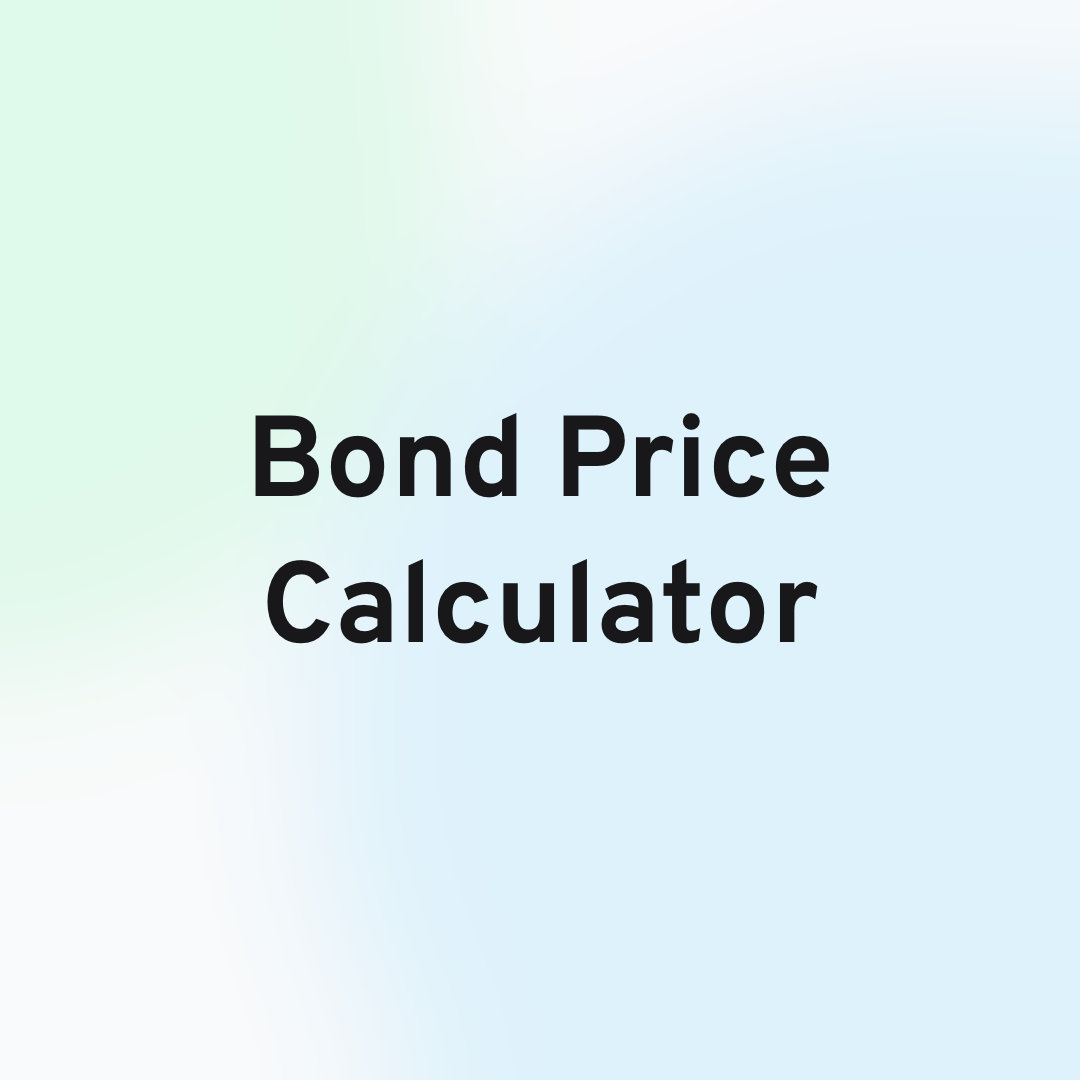
Finance
Bonds
Effortlessly calculate the price of bonds, based on settlement, maturity, coupon, yield and redemption using our bond price calculator!
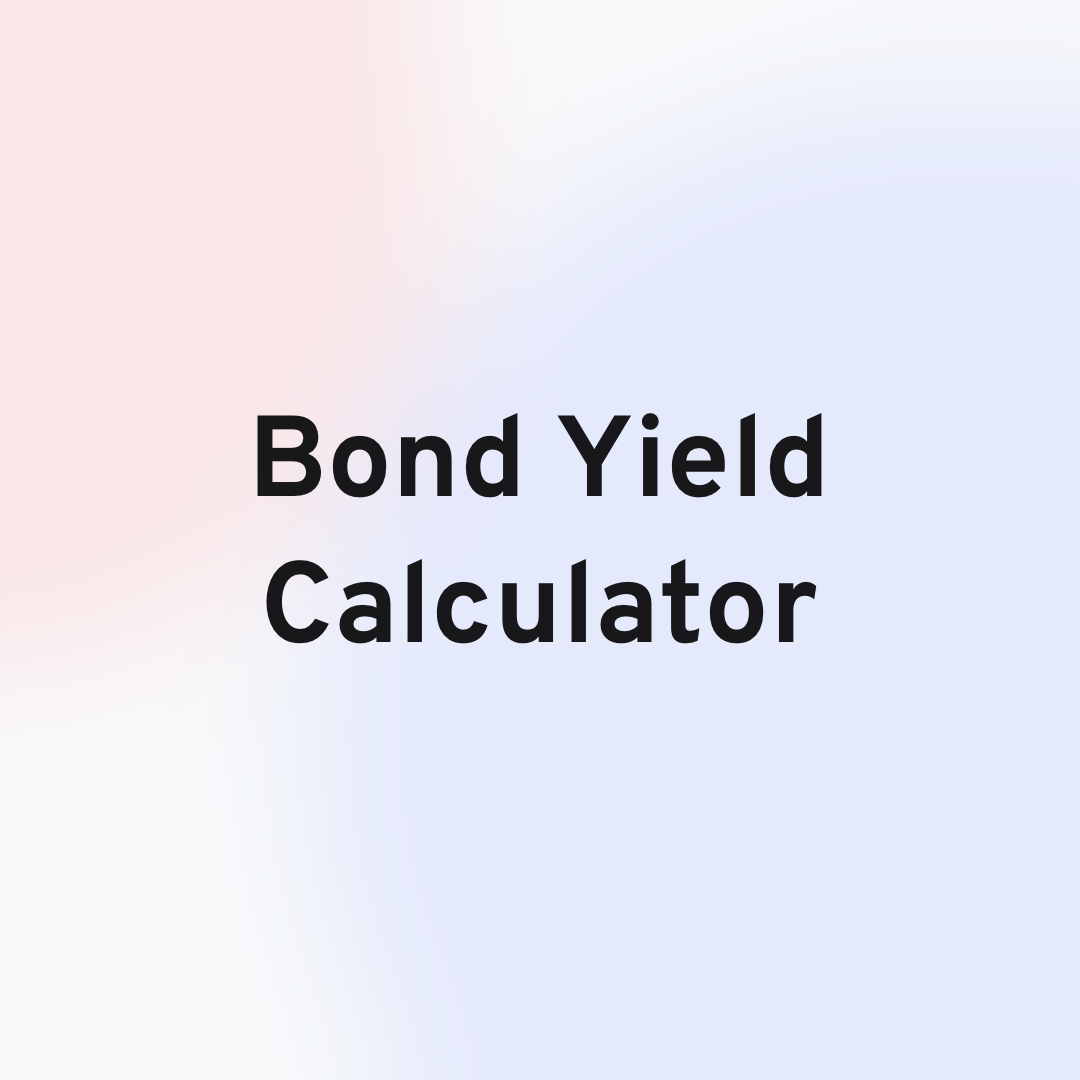
Finance
Bonds
Quickly calculate the yield of bonds, based on settlement, maturity, coupon, price and redemption using our bond yield calculator!
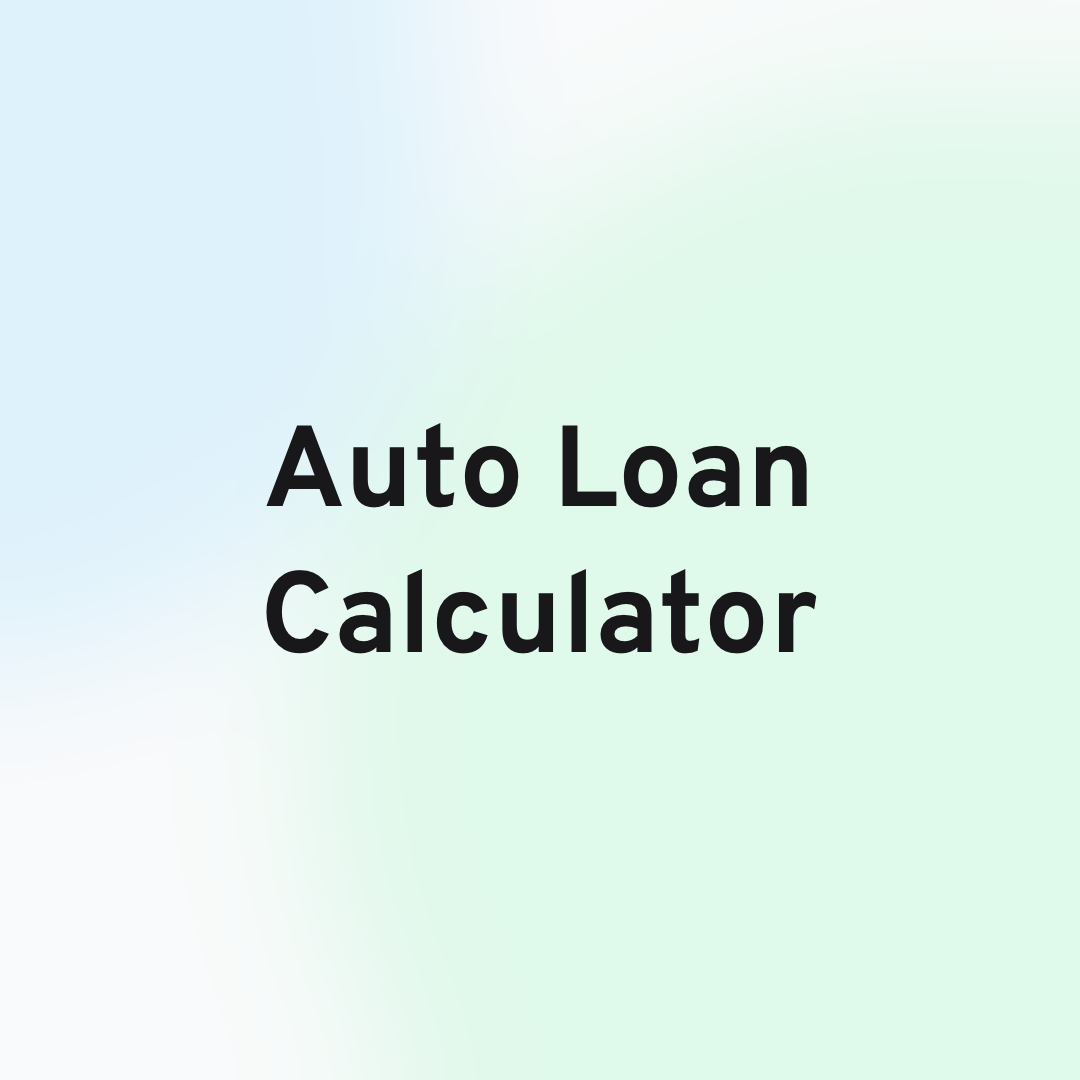
Finance
Loans
Effortlessly estimate loan payments and interest paid with our intuitive online auto loan calculator. Plan your finances effectively!
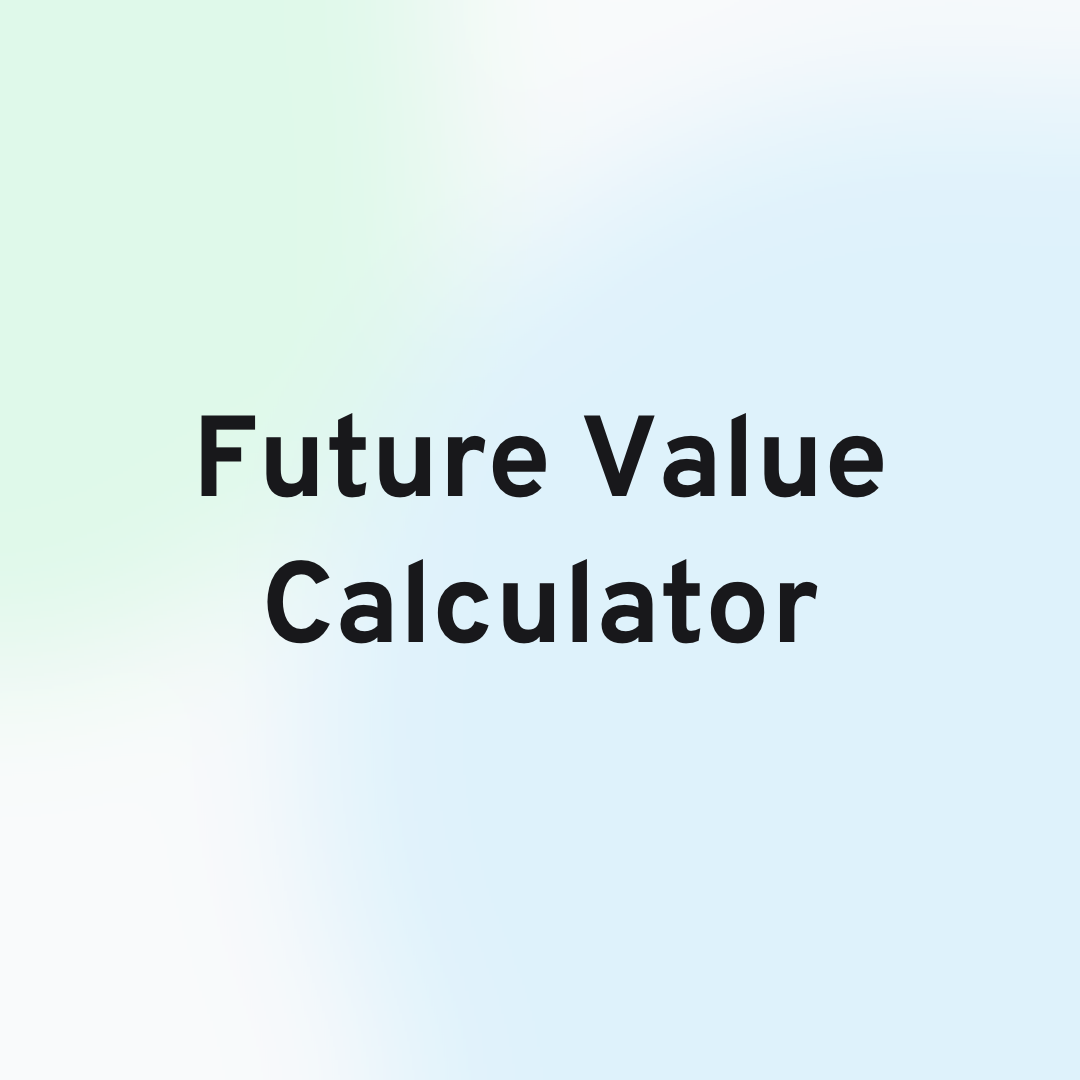
Finance
Corporate Finance
Calculate the future value of cash flows with our future value calculator. Compare investments and make better financial decisions!
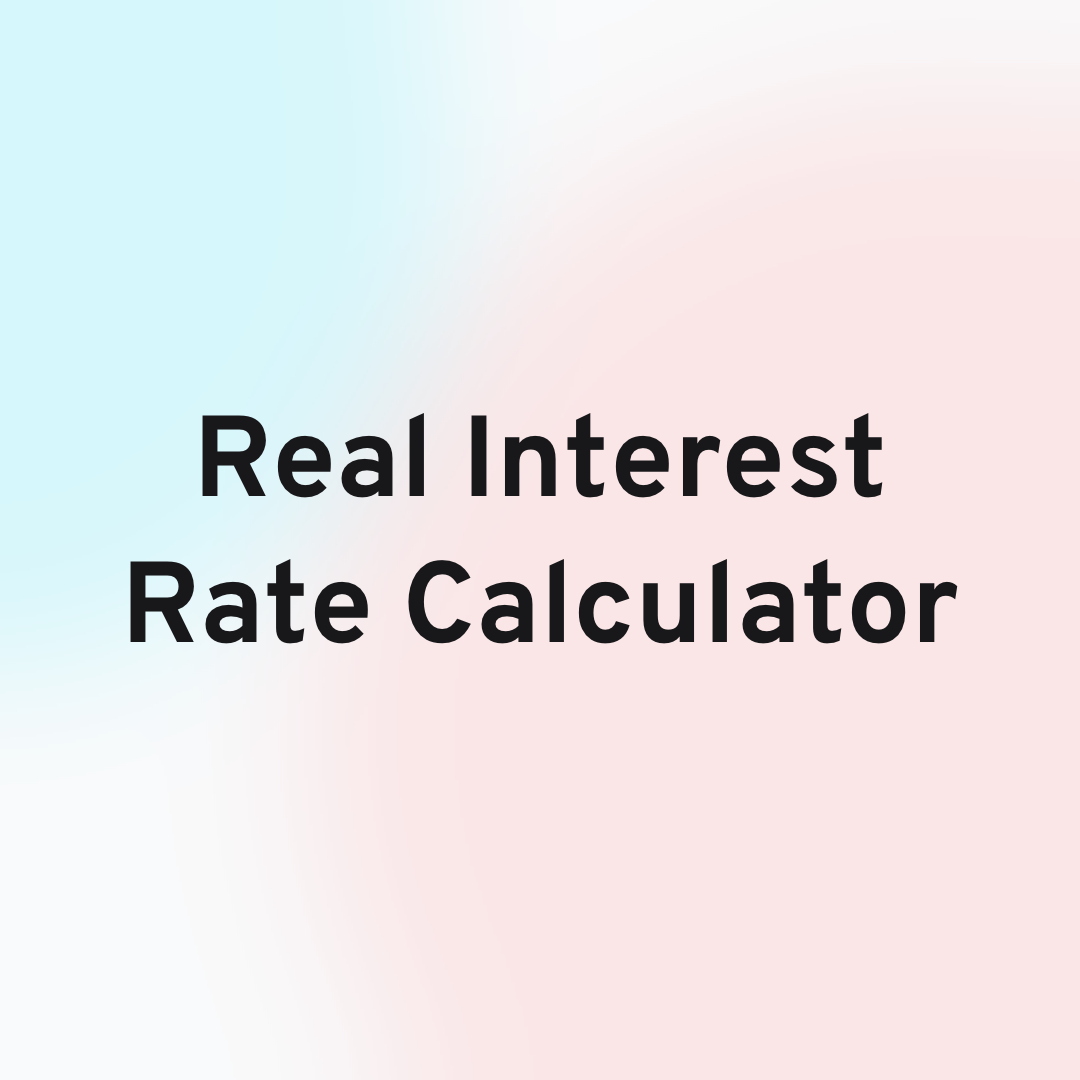
Finance
Loans
Calculate the real interest rates and understand the true value of your investments using our real interest rate calculator! Try it out now!